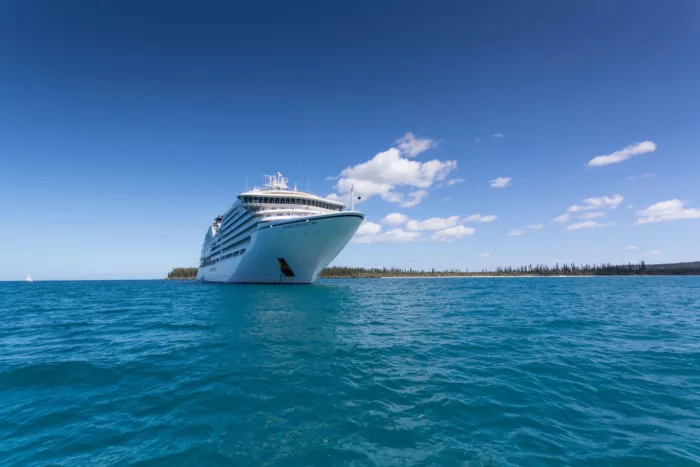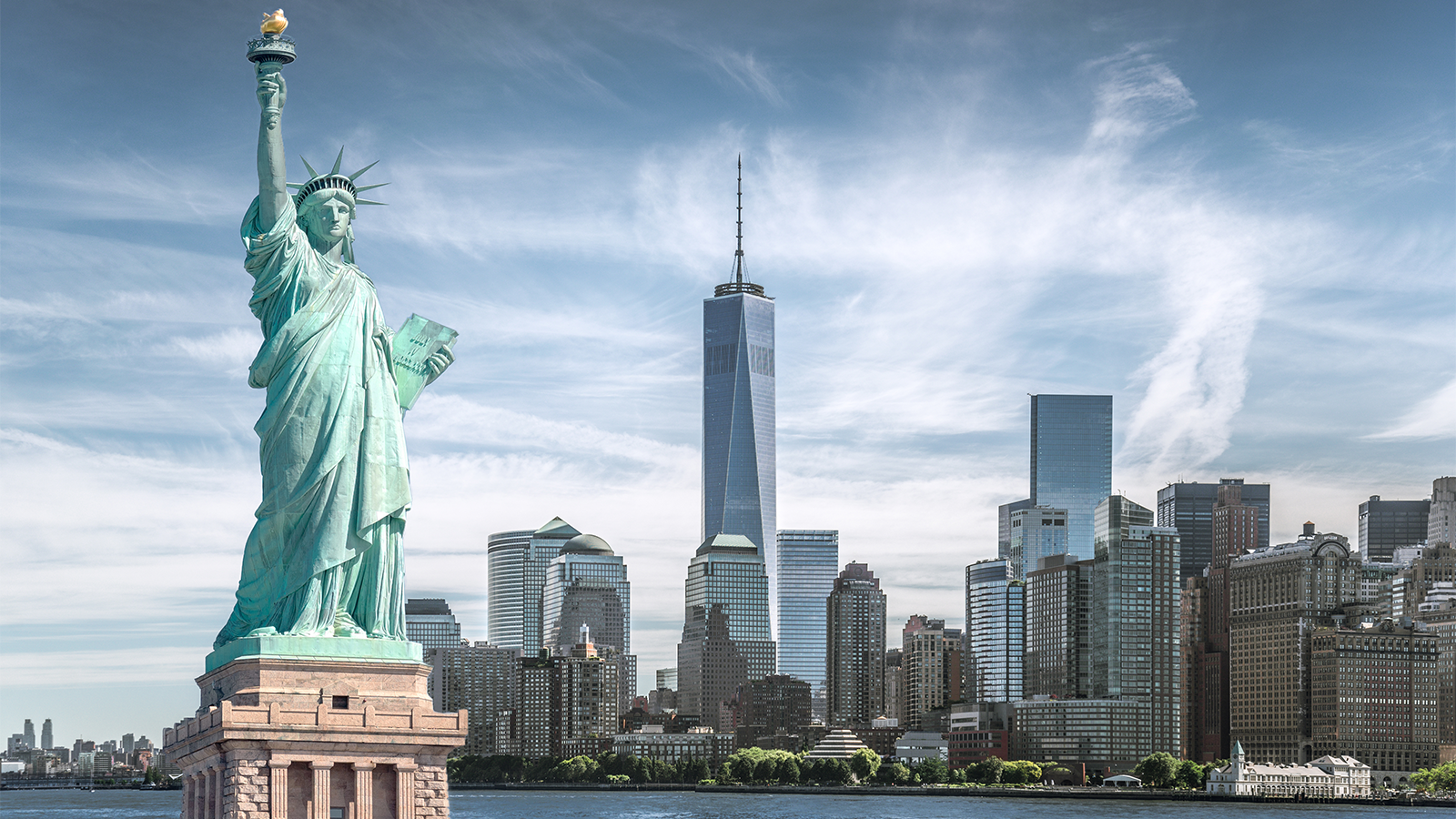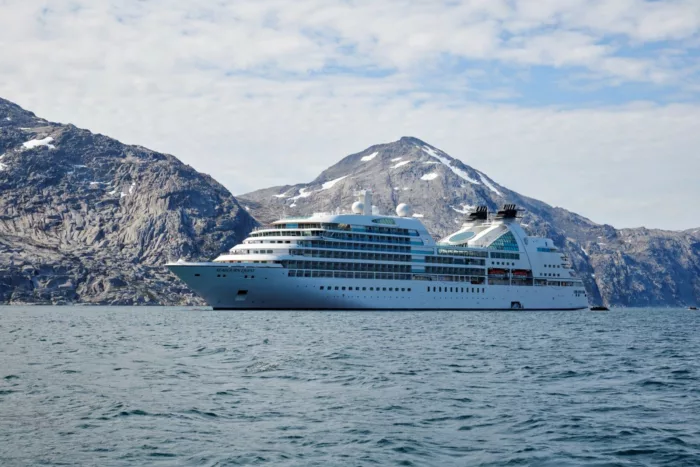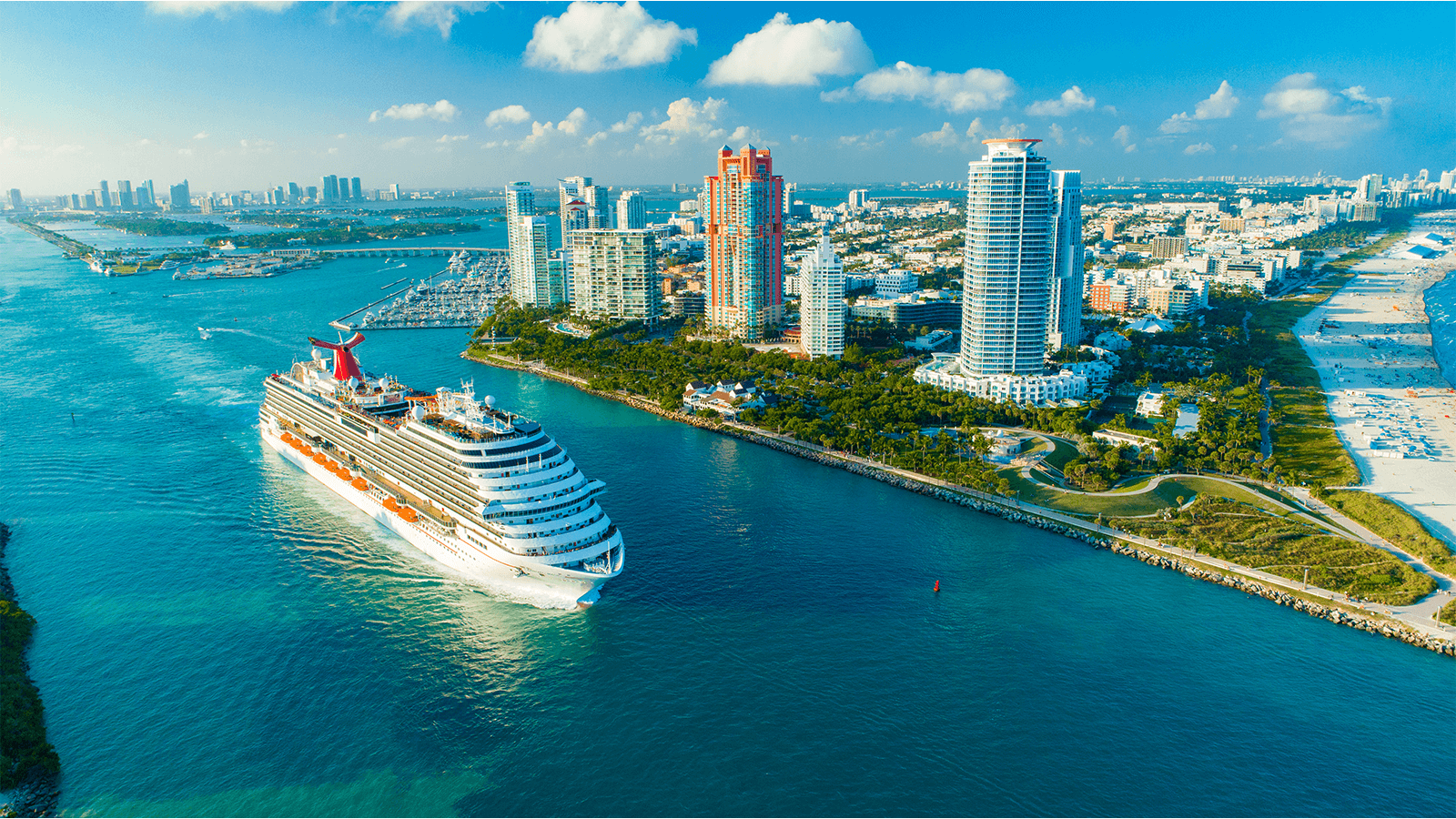
Seabourn
For decadent luxury that sails hand-in-hand with personalised experience and in-depth access to world heritage, may we introduce Seabourn Cruises.
Blending nimble power and grace with beautifully designed spaces, Seabourn ships can be likened to lavish resorts. Except, uniquely, the staff already know you just as they also remember your favourite drink.
604
Passengers
450
Crew
2016
Launched
40350t
Tonnage
198m
Length
25m
Width
19kts
Speed
12
Decks
USD
Currency
Cruise Itinerary
Day 1
Dubrovnik, Croatia
Day 2
Kotor, Montenegro
Day 3
Gallipoli, Italy
Day 4
Sarandë, Albania
Day 5
Zakynthos, Greece
Day 6
At Sea
Relax and make the most of the myriad of facilities available on board the ship, from fantastic entertainment to delicious and diverse dining options.
Day 7
Náfplion, Greece
Day 8
Piraeus, Greece
Day 9
Gythio, Greece
Day 10
Khania, Greece
Day 11
Mykonos, Greece
Day 12
Çesme, Turkey
Day 13
Kusadasi, Turkey
Day 14
At Sea
Relax and make the most of the myriad of facilities available on board the ship, from fantastic entertainment to delicious and diverse dining options.
Day 15
Istanbul, Turkey

Day 1
Dubrovnik, Croatia

Day 2
Kotor, Montenegro

Day 3
Gallipoli, Italy

Day 4
Sarandë, Albania

Day 5
Zakynthos, Greece

Day 6
At Sea

Day 7
Náfplion, Greece

Day 8
Piraeus, Greece

Day 9
Gythio, Greece

Day 10
Khania, Greece

Day 11
Mykonos, Greece

Day 12
Çesme, Turkey

Day 13
Kusadasi, Turkey

Day 14
At Sea

Day 15
Istanbul, Turkey
Ship Details


Seabourn
Seabourn Encore
Seabourn Encore is as strikingly beautiful and as excitingly innovative as any Seabourn has ever debuted. She crowns a fleet of luxury cruise ships that is already the newest, most modern and most acclaimed in the ultra-luxury segment.
Cabins
All Prices


















